Dna Bonds With Rna Using Which Base Pair Pattern
Each base can only bond with one other A with T and C with G. Instead RNA uses uracil to pair with adenine.

Pin On Graphics Design Illustrators
In this study the trans Wats.

. Hydrogen Bonds It occurs between the two strands and involve a nitrogenous base from one strand with a nitrogenous base from the second in complementary pairing. The chemical nature of the bases and the base pairing rules defined by experimental evidence determine the way the nucleotides interact with each other and form the structurally stable double helical DNA strands. To ensure that hydrogen binding is orientation dependent we also check the distances between B i and S j as well as between B j and S i Ding Borreguero Buldyrey Stanley Dokholyan 2003 Fig.
Up to 10 cash back Cytosine and guanine when base paired have three hydrogen bonds between them. As you can see A and G can form base pairs with U. In DNA Adenine-Thymine and Guanine-Cytosine pair together due to the formation of hydrogen bonds between the two bases.
The base pairing patterns in DNA and RNA mole-cules are completely different. The Four Nitrogenous Bases In DNA nucleotide subunits there are four nitrogenous bases. It occur between Adenine and Thymine.
In the canonical WatsonCrick base pairing pattern in DNA adenine A forms base pair with thymine T and guanine G with cytosine C. Adenine and thymine only have two. As the driving force in the formation of helices RNA base-pairing underlies both intramolecular structures and intermolecular interactions.
Although very similar the base pairs in DNA and RNA differ by one nitrogenous base. Kb kbp kilobase-pair 1000 bp Mb Mbp megabase-pair 1000000 bp Gb gigabase-pair 1000000000 bp. Bases form pairs base pairs in a very specific way.
Adenine always bonds to thymine in DNA they are connected by two Hydrogen bonds. Adenine Thymine Cytosine Guanine Uracil RNA only. In RNA the base Thymine is not present instead the base Uracil is present which has a very similar structure to Thymine.
Hydrogen bonds can be formed if B i and B j fall within interaction range. DNA and RNA Base Pairing Rules DNA to DNA Possible Bases. This is called the complementary base pairing rule or Chargaffs rule.
In RNA thymine is replaced by uracil U. Attached to each sugar is one of four bases--adenine A cytosine C guanine G or thymine T. Toward this end we report here that both a DNA and an RNA polymerase direct the incorporation of isoguanosine iso-G into an oligonucleotide opposite isocytidine iso-C in a DNA template.
As a result Adenine pairs with Uracil A-U via the same. Adenine exclusively binds to thymine with 2 hydrogen bonds and guanine exclusively binds to cytosine with 3 hydrogen bonds. The most common pairing is with A and this is what is found in the process of transcription but G often forms base pairs with U in RNA molecules See the DNA 2 module for descriptions of RNA and transcription.
There are chemical cross-links between the two strands in. Thus DNA to RNA base pairing requires uracil to. In DNA the four nitrogenous bases are Adenine Thymine Guanine and Cytosine.
Specific base pairing in DNA is the key to copying the DNA. Its because the H N of Adenine reacts with O H of Thymine forming two hydrogen bonds. Adenine Thymine Cytosine Guanine GC AT A and G are purines doublering C and T are pyrimidines singlering DNA to mRNA Possible Bases.
The nucleotides are identical except for the base which can be an adenine thymine guanine or cytosine. In the canonical Watson-Crick base pairing adenine A forms a base pair with thymine T as does guanine G with cytosine C in DNA. The DNA molecule consists of two strands that wind around each other like a twisted ladder.
The two strands are held together by hydrogen bonds between the bases with adenine forming. They are connected by three Hydrogen bonds. Ionic and covalent bonds do not occur between nitrogenous bases in DNA.
Base-pairing is formed through hydrogen bonds between nucleo-bases of the corresponding nucleotides. RNA does not contain thymine as a nitrogenous base. Watson-Crick base pairing.
Bp base pairone bp corresponds to approximately 34 Å 340 pm of length along the strand and to roughly 618 or 643 daltons for DNA and RNA respectively. This extra hydrogen bond helps make the cytosine-guanine pair favorable because it increases stability and reduces bond energy. In the early 1950s and 1960s it was shown that both transfer of information from DNA to RNA transcription and from RNA to protein translation use the same sequence complementarity mechanism.
Similarly Human ADAR1 can bind both dsRNA and Z-form DNA but uses separate domains for each Barraud and Allain 2012. If you know the sequence of one strand you can use base pairing rules to build the other strand. Many of the key RNA base pairing families have no counterparts in DNA.
These two molecules form a base pair with a hydrogen-bonding pattern distinct from those occurring in the natural A-TU and G-C pairs Figure 1. Due to the presence of the 2-OH hydroxyl group of ribose RNA molecules utilize an astonishing variability of base pairing patterns to build up their structures and perform the biological functions. The position of the ribose is indicated with a circle in the corner defined by the Hoogsteen and Sugar edge.
Upper left An adenosine showing the three base edges Watson-Crick Hoogsteen and Sugar-edge available for hydrogen-bonding interactions. Figure 8 shows how A adenine pairs with T thymine and G guanine pairs with C cytosine. RNA also has similar patterns of WatsonCrick base pairing between adenine A and uracil.
When binding RNA ZnF 4 and 6 interact with unpaired 5S rRNA bases and ZnF 5 binds the RNA major groove albeit by a different mode than it contacts the DNA major groove. Cytosine and Guanine are always bonded together. Each strand has a backbone made of alternating sugar deoxyribose and phosphate groups.
Lower left Representation of RNA base as a triangle. In molecular biology two nucleotides on opposite complementary DNA or RNA strands that are connected via hydrogen bonds are called a base pair often abbreviated bp. On the other hand in case of RNA apart from standard WC base pairs the hydro-gen bonding between bases can occur through.
Click on each base pair to display in 3D. In case of DNA mole-cule the hydrogen bonding between the bases takes place through the formation of standard Watson Crick WC base pairs.

Psychology Studies Biology Biochemistry

Difference Between Dna And Protein Dna Vs Protein Side By Side Simplified Points Dna Teaching Biology Science Biology

5 4 Base Pairing In Dna And Rna Biology Libretexts

Base Pair Earrings Choose Your Favorite Dna And Rna Etsy Sterling Earrings Sterling Silver Earrings Paired Jewelry

Bases Nitrogenadas Dna Genetics Dna Biology For Kids

Different Propensities For Hg Base Pair Formation In B Dna And A Rna Download Scientific Diagram

Pin On Genetics Education Resources
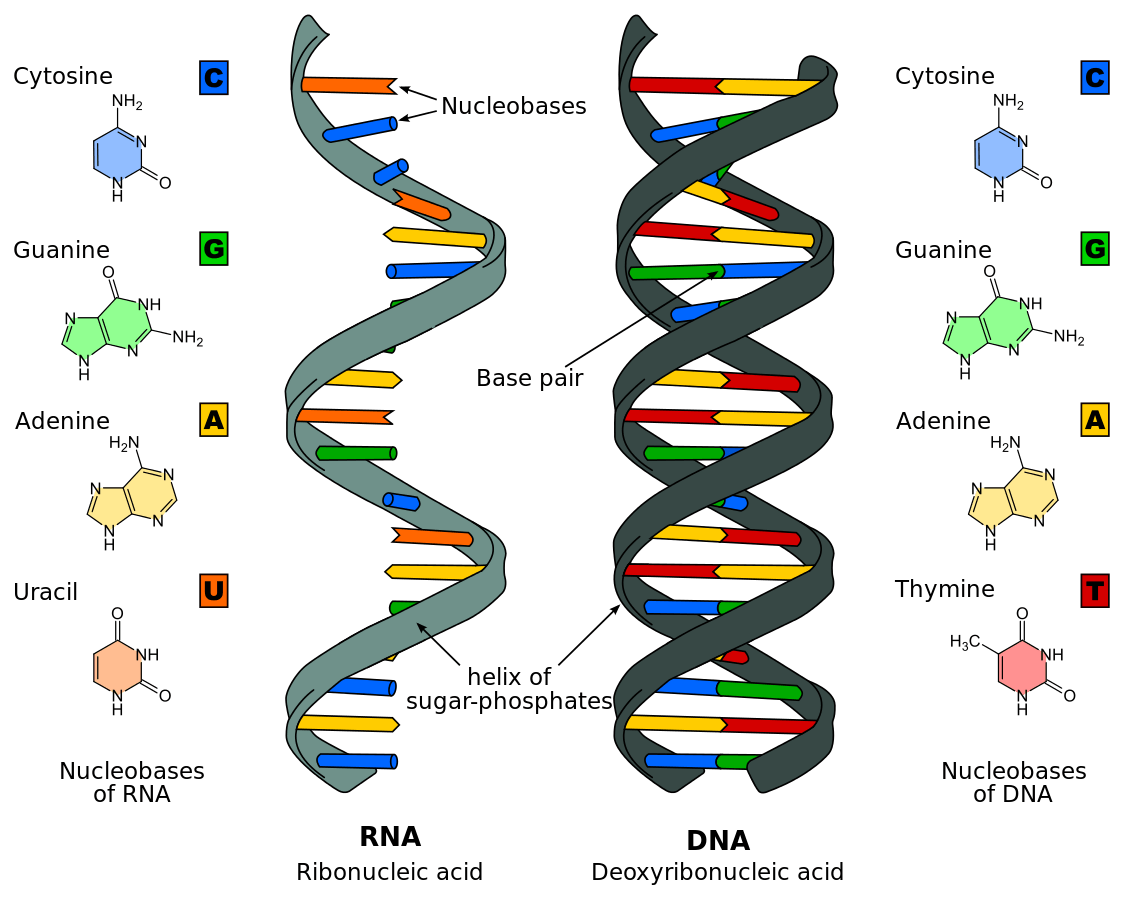
Dna And Rna Structure Function Expii

Pin By Answers From Science On Biology Chemical Structure Regulation Of Gene Expression Gene Expression
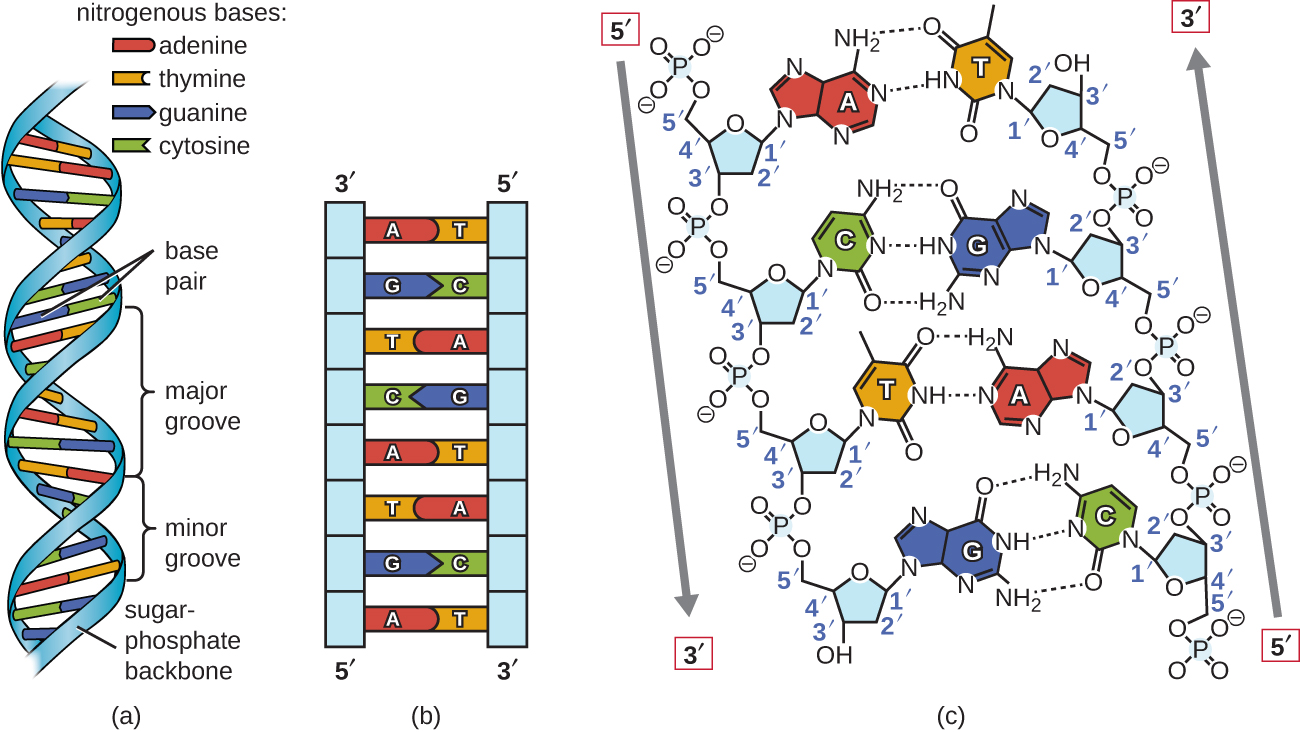
22 2 Structure And Function Of Dna Biology Libretexts

Pin On The Ingredients Of Life

Rna Structure Basis A Simple Illustration Of Rna Primary 2d And 3d Download Scientific Diagram
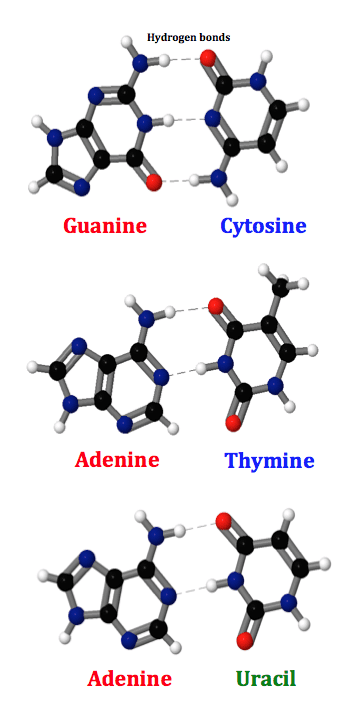

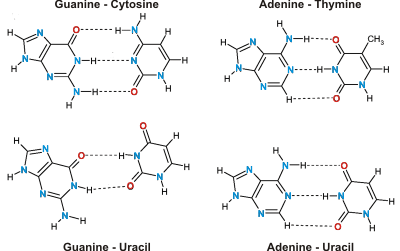

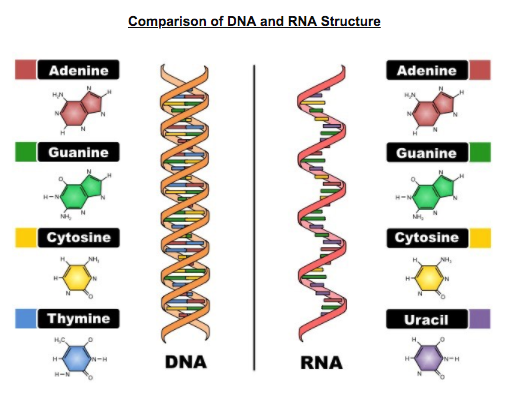

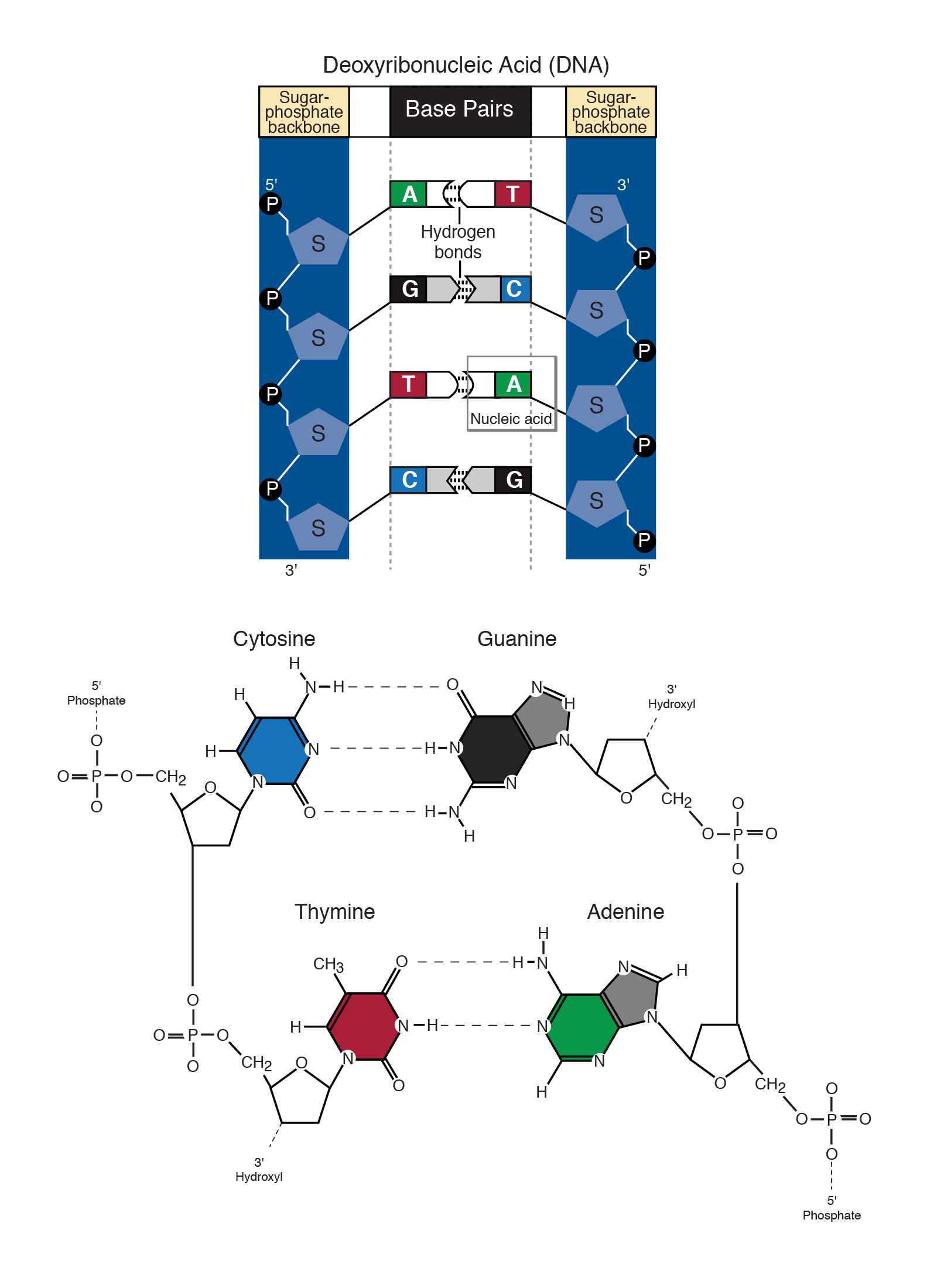
Comments
Post a Comment